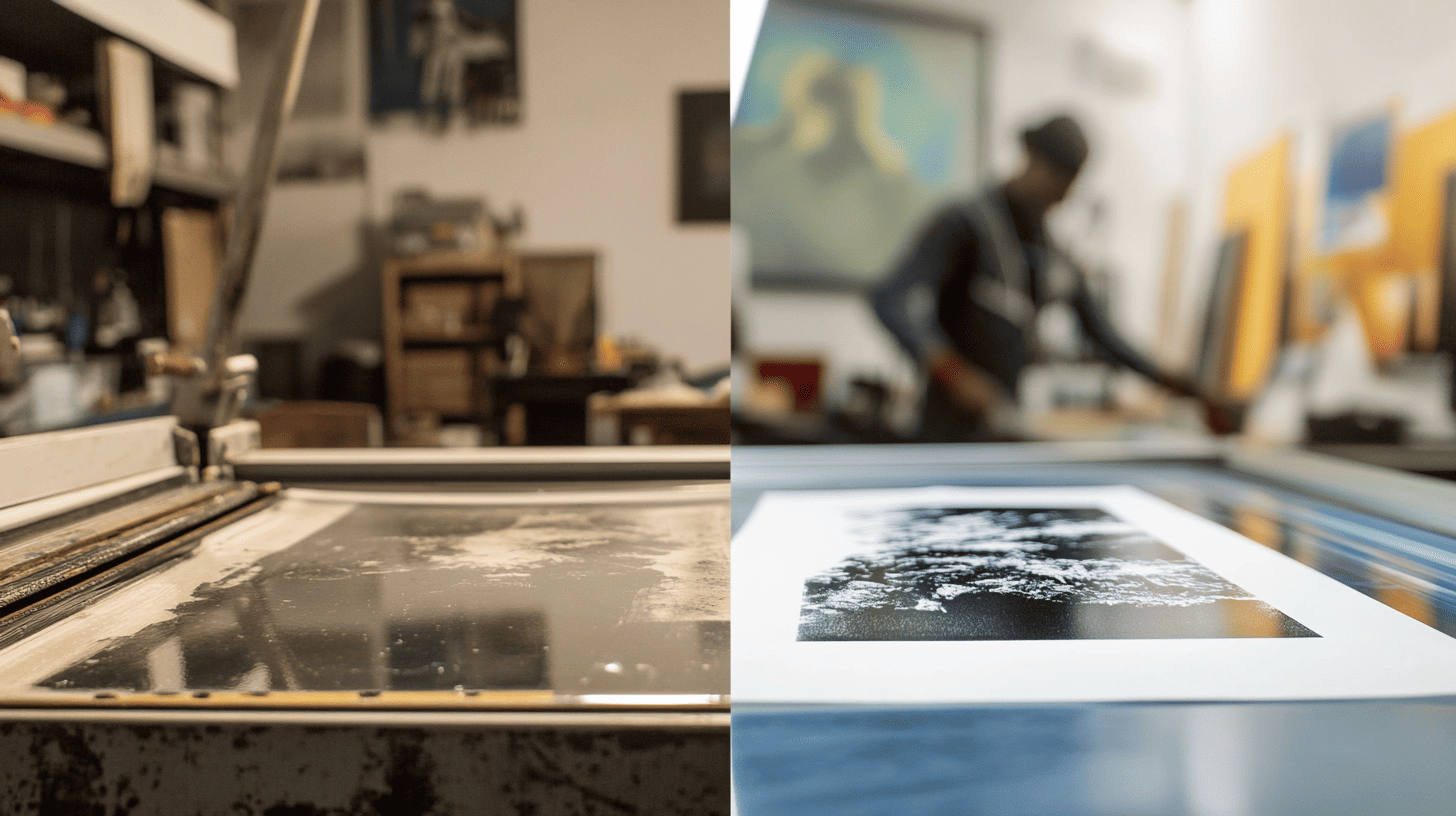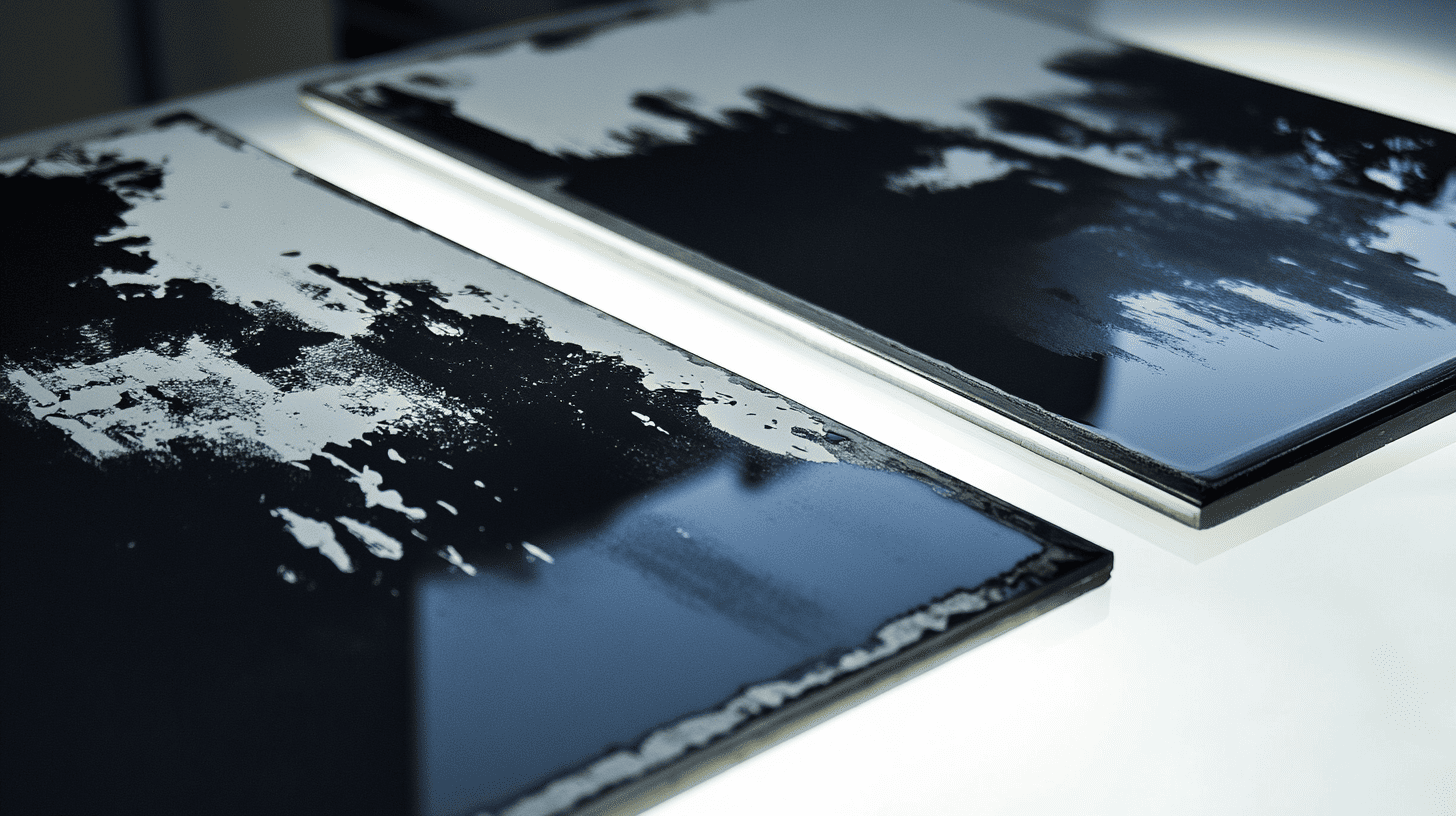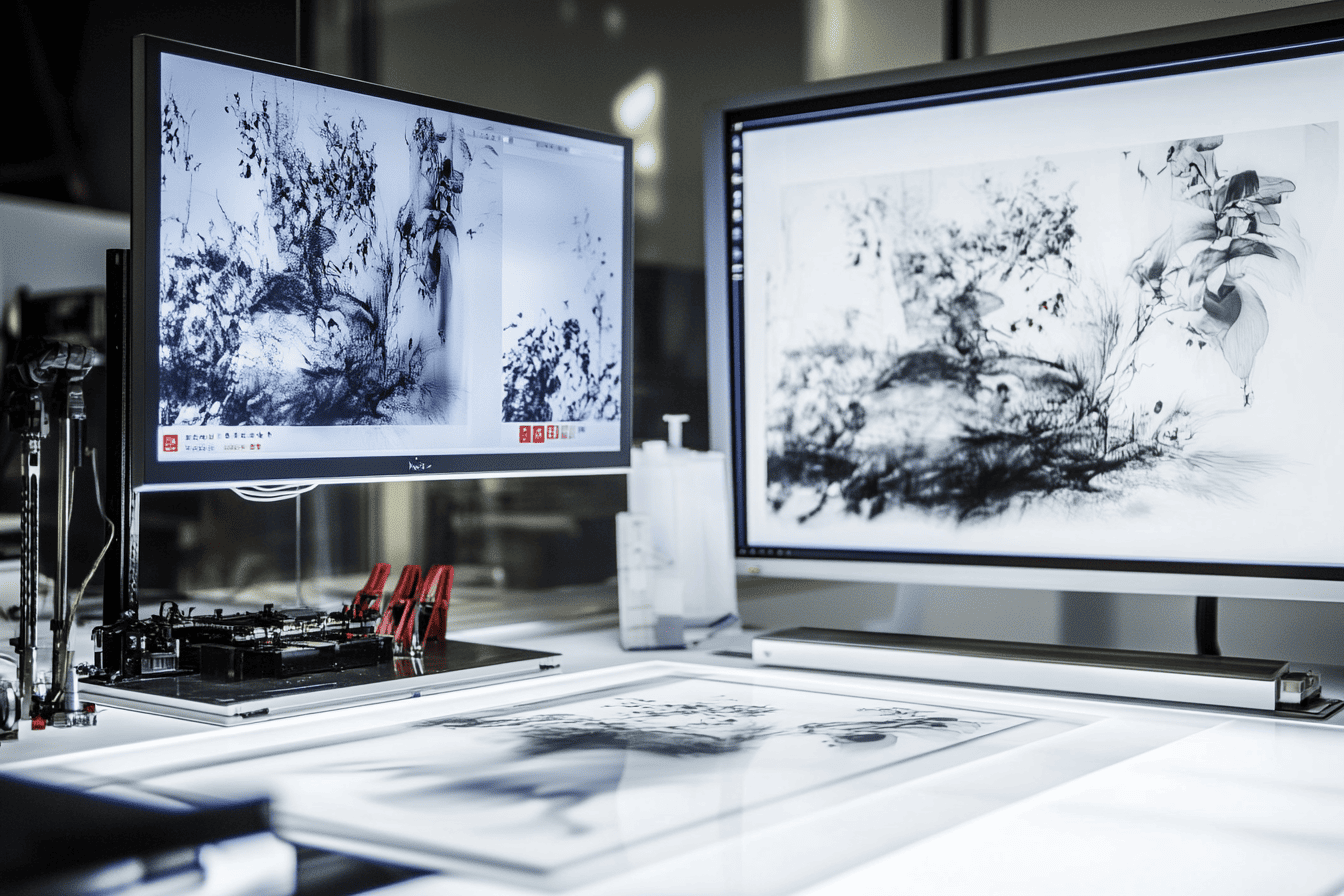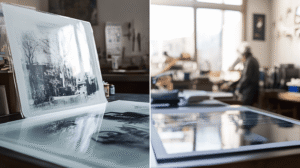Screen printing often struggles with slow, blurry results. Inkjet positive film fixes this with digital precision[^1] and speed, changing the game for print professionals.
Inkjet positive film creates ultra-sharp stencils for screen printing by printing designs directly from a computer. Its special coated surface ensures clean image transfers, reduces errors, and dramatically speeds up production compared to old-fashioned acetate sheets.
 Inkjet Positive Film for Screen Printing
Inkjet Positive Film for Screen Printing
The benefits are clear, but how does this technology actually work day-to-day? As someone who lives and breathes coated materials, I can tell you: the real magic is in the details. Let's look closer at why so many printers are making the switch.
Why Choose Inkjet Film Over Traditional Acetate?
Using acetate sheets can be frustrating. They scratch easily and can cause blurry designs, wasting your time and materials on re-dos.
Inkjet positive film is tougher, grabs ink better, and works perfectly with digital files. I've seen clients cut their stencil-making time in half while getting much sharper, more consistent results than they ever did with acetate.
 Durability Comparison: Inkjet Film vs. Acetate
Durability Comparison: Inkjet Film vs. Acetate
The difference is night and day. When I talk to printers, the first thing they notice is the durability. Traditional acetate is fragile, but our inkjet film is built on a stable PET base that resists scratches and heat damage. This means fewer mistakes and a much lower reject rate.
I once visited a t-shirt printing shop that was throwing away about 1 in 10 screens due to film damage. After switching to our inkjet film, their waste dropped to almost zero. The secret is in the film's construction.
Performance: Film vs. Acetate
| Feature | Inkjet Positive Film | Traditional Acetate |
|---|---|---|
| Durability | High (Scratch-Resistant) | Low (Scratches Easily) |
| Ink Adhesion | Excellent | Fair |
| Drying Time | Instant | Slow |
| Resolution | Very High | Moderate |
Our film has a special coating that not only protects the image but also dries ink instantly. This means you can handle the film right after printing without worrying about smears. This simple change can save hours in a busy print shop.
How Does Coating Technology Affect Print Quality?
A bad coating on your film can cause ink to blotch or look faded. This ruins the final print and wastes expensive materials.
A high-quality coating ensures the ink spreads evenly and creates a solid, dark image. This is vital for the screen exposure process, as it blocks UV light perfectly and transfers every tiny detail from your design to the screen.
 Micro-Coating on Inkjet Film
Micro-Coating on Inkjet Film
At SeyFilm, we obsess over coating technology because it's the heart of the product. It’s not just one layer; it’s a multi-layer system designed for one purpose: perfection.
The Science of the Coating
- Uniform Thickness Our automated production lines keep the coating at a consistent thickness. Even a tiny variation can let light bleed through during exposure, causing soft edges on your print.
- Ink Absorption The coating has micro-pores that absorb ink droplets instantly. This stops the ink from pooling or smudging, giving you razor-sharp lines.
- High UV Density The coating is formulated to create the darkest possible black. Not only must it look good to the eye, but it also needs to pass a UV density[^2] meter test—crucial for perfect stencils. A client who prints detailed circuit boards told me our film was the only one that could hold the fine lines their designs required.
Can Inkjet Film Really Handle Complex Designs?
Artists often have to simplify their designs for screen printing. Fine lines, small text, and detailed gradients can get lost when making the screen.
Yes, absolutely. High-quality inkjet positive film can capture incredible detail, including tiny text and complex patterns. Its high-resolution surface and anti-static properties ensure that every part of your digital design is accurately transferred to the film.
 Detailed Print on Inkjet Positive Film
Detailed Print on Inkjet Positive Film
I love seeing the look on an artist’s face when they see their most complex design perfectly reproduced on a film positive for the first time. It opens up a whole new world of possibility. With our film, you don't have to compromise your art.
We’ve tested it with everything from photographic halftones to intricate geometric patterns. The film consistently holds details that would be impossible with older methods.
Pushing the Limits of Detail
| Design Element | Result with Our Inkjet Film |
|---|---|
| Fine Lines | Sharp and unbroken |
| Small Text | Readable down to a very small size |
| Halftone Dots | Cleanly formed, no merging |
| Gradients | Smooth, with no stepping or banding |
One of my clients is a poster artist who uses a lot of fine, hand-drawn textures. He used to spend hours manually touching up his stencils to get the look he wanted. After he started using our inkjet film, he told me it cut his prep time by 75%. He can now print directly from his design software, confident that every line and dot will show up perfectly on the final print.
Conclusion
Inkjet positive film transforms screen printing by delivering sharper stencils, faster workflows, and better quality—all thanks to its advanced digital-ready coating technology.
References
- Learn about the advantages of digital precision in achieving high-quality prints.
- Explore the importance of UV density in achieving high-quality stencils.

